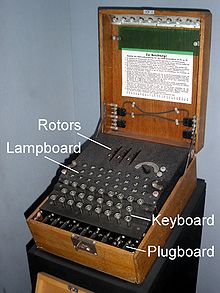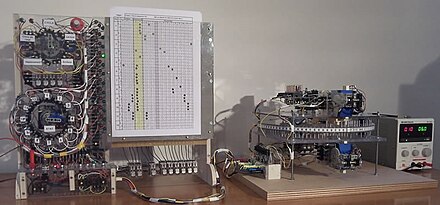Hinsdale
6300 S. Robert Kingery Highway
, #210
Willowbrook, IL 60527
Willowbrook, IL 60527
At Mathnasium, we often tell our students that while math may seem to merely be confined to a classroom, that actually isn't the case! We use math daily to figure out our height and weight, to fill up our gas tank, to make a purchase, to take our temperatures, and so many other things! Sometimes, math can even come in handy when it comes to more dire situations. This was espeically the case during World War II when the Nazis used something called an Enigma Code to send and recieve secret message. The Allied forces relied on Alan Turing and his team to crack the code. And, to everyone's delight, he did!
Encyclopedia Brittanica gives us a more in-depth explanation:
Enigma, device used by the German military command to encode strategic messages before and during World War II. The Enigma code was first broken by the Poles, under the leadership of mathematician Marian Rejewski, in the early 1930s. In 1939, with the growing likelihood of a German invasion, the Poles turned their information over to the British, who set up a secret code-breaking group, known as Ultra, under mathematician Alan M. Turing. Because the Germans shared their encryption device with the Japanese, Ultra also contributed to Allied victories in the Pacific.
You might be asking yourself, "How did Turing's machine work?"
Wolfram MathWorld gives us the technical answer:
A Turing machine is a theoretical computing machine invented by Alan Turing (1937) to serve as an idealized model for mathematical calculation. A Turing machine consists of a line of cells known as a "tape" that can be moved back and forth, an active element known as the "head" that possesses a property known as "state" and that can change the property known as "color" of the active cell underneath it, and a set of instructions for how the head should modify the active cell and move the tape (Wolfram 2002, pp. 78-81). At each step, the machine may modify the color of the active cell and change the state of the head. After this, it moves the tape one unit to the left or right.
This is what the Enigma Code looked like:

(Source)
This is what the Turing Machine looked like:

(Source)
